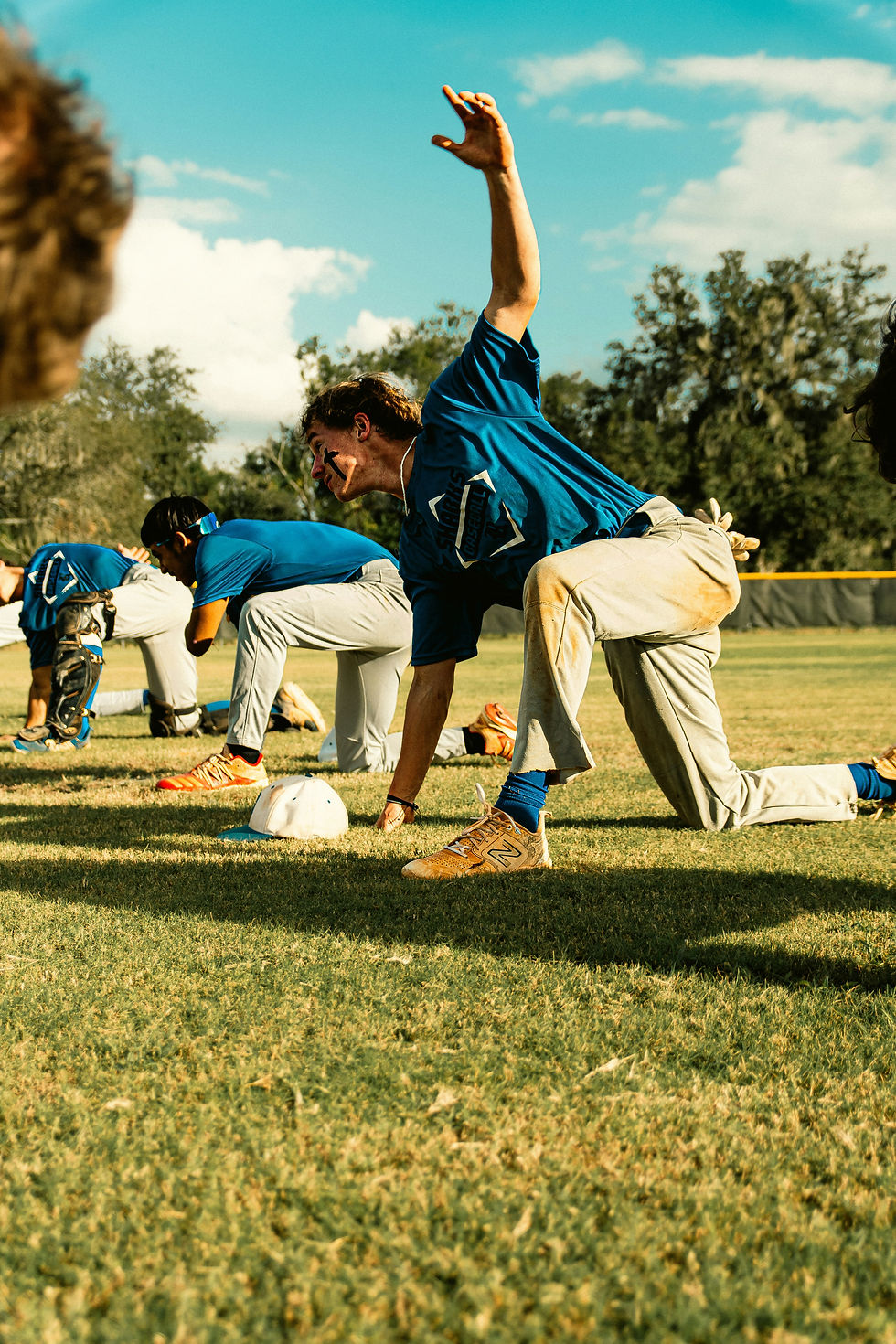Surviving The New Year Fitness Rush
- Stephen Lunt

- Jan 5
- 3 min read
Ah, January. The festive feasts are over, and gyms are bursting at the seams with enthusiastic newcomers. Whether you’re dusting off your trainers after a long hiatus or trying to set a new PB, the new year fitness rush is in full swing. As a therapist, I’ve seen it all: the determined faces, the lofty resolutions and sadly the preventable injuries.
Here’s how you can survive—and thrive—during this period, without ending up on my treatment table!

1. Start Slow, Stay Consistent
It’s tempting to go all-in from day one, but your body isn’t a machine. Going from zero to hero overnight can lead to niggles, strains, and overuse injuries.
Pro Tip: Ease into it. If you’re running, start with walk-jog intervals. If it’s weightlifting, choose lighter weights and focus on technique. Consistency beats intensity when you’re building a habit.
2. Warm-Up Like You Mean It
Skipping a warm-up is one of the biggest mistakes you can make. Your muscles, joints, and tendons need preparation for what’s to come.
Therapy-approved warm-up:
Dynamic stretches like leg swings or arm circles.
Light cardio to increase blood flow (a brisk walk or slow cycling).
Activation exercises for your target muscles, like glute bridges, scapula squeezes and light squats.
3. Beware of Social Media Workouts
Scrolling Instagram for workout inspo? Be cautious. While those HIIT circuits look great on camera, they may not be right for your current fitness level or goals.
Pro Tip: Follow structured plans tailored to you. If you’re unsure, consult a coach or physio who can guide you safely.
4. Recovery Isn’t Optional
Your rest days are just as important as your training days. Recovery isn’t a sign of weakness; it’s how your body repairs and gets stronger.

Recovery checklist:
Hydrate: Water helps your muscles recover.
Sleep: Aim for 7-9 hours a night to promote healing.
Mobility: Foam rolling, gentle stretching, or yoga can work wonders.
5. Listen to Your Body
Pain isn’t gain. If you’re experiencing sharp, persistent pain, stop and reassess. Ignoring it could turn a small problem into a big one.
Key signs to look out for:
Swelling, redness, or warmth in a joint.
A sudden, sharp pain during exercise.
Pain that doesn’t improve with rest.
If in doubt, consult a therapist (I know a good one!) to nip the issue in the bud.
6. Mix It Up
Avoid the classic “too much, too soon” trap by varying your activities. Cross-training can reduce the risk of overuse injuries and keep things interesting.
Try:
Strength training to support your running or cycling.
Swimming or rowing to give your joints a break.
A Pilates or yoga session to improve flexibility and balance.
7. Accountability with a Dose of Realism
Setting goals is great, but make sure they’re achievable. Instead of saying, “I’ll hit the gym every day,” aim for 3-4 sessions a week and build up. Surround yourself with supportive people who encourage consistency over perfection.
Final Thoughts
The new year fitness rush doesn’t have to be a sprint to burnout or injury. By starting smart, listening to your body and prioritising recovery, you can build a sustainable routine that keeps you active all year round.
And if you do find yourself feeling a twinge or two? That’s what I’m here for—helping you move from pain to performance, injury-free.
Here’s to a strong and injury-free 2025!



Comments